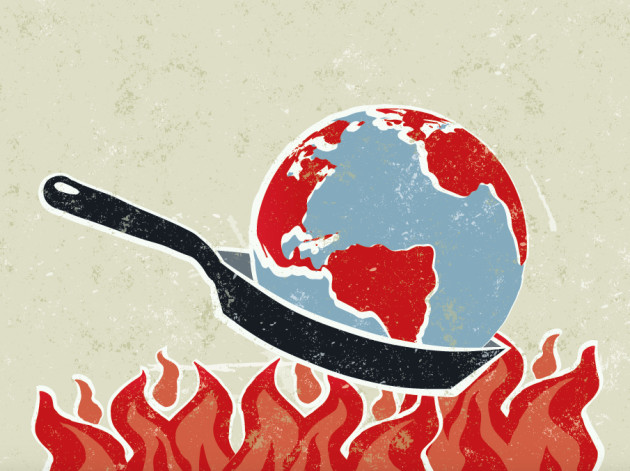
Climate change creeps up in Burgundy
Rising temperatures coupled with sensitive Pinot Noir spell change for the Burgundian hierarchy, as James Lawrence reports.
France, with its clement climes, may have mastered the art of winegrowing, but it's the monetising of terroir which has kept many growers in business over the centuries. Particularly in Burgundy, where the grand cru/premier cru hierarchy is cemented in the minds of buyers and collectors alike, who will pay a premium for a higher quality vineyard. There are occasionally attempts to petition for upgrades – growers in the appellation of Pommard insist that there are premier cru vineyards worthy of grand cru status – but overall, producers and buyers generally accept the hierarchy as sacrosanct.
However, global warming is increasingly calling into question the work first initiated by the Cistercian Monks, according to critic and Burgundy expert Jasper Morris MW. In 2018, Morris told a press gathering in Hong Kong that: “What I have been seeing is that the quality has been going up the hillside a bit from what it used to be – the key vineyards just on the foothills on the slope. That was the sweet spot, and now it’s 50 metres higher on the hills.”
This is old news to a select firmament of growers in Argentina, who continue to fetishize high-altitude vineyards as those capable of delivering finesse, balance and manageable alcohol levels. But for producers of red Burgundy to even contemplate a race to the top would have been unthinkable 30 years ago. Rising temperatures may be the catalyst for a major paradigm shift.
“The tipping point was 2018,” says Morris MW. “There were some terroirs - widely considered to be excellent sites - which really underperformed in such a hot weather vintage. Climats with relatively little topsoil in appellations like Volnay and Chambolle-Musigny produced some unbalanced wines. What particularly stood out was that (some) of the wines made from the grand cru Bonnes-Mares were below par. I was tasting unripe tannins and yet high alcohol levels paired with raisoned flavours. They were very disappointing.”
But there were also positive surprises to come out of the 2018 vintage. “Some of the best wines I've tried come from Pommard, an appellation that has traditionally been regarded as inferior to names like Chambolle-Musigny and Gevrey-Chambertin,” says Morris.
“However, if conditions like 2018 eventually become the Burgundian norm, then we will potentially see certain sites outperforming their (officially) superior peers. The higher altitude sites in Pommard benefit from being planted on marl soils, reddened by the presence of iron. These cold soils with excellent water retention (and a tendency to delay fruit ripening) proved to be Pommard's savour in 2018.”
The worst premier cru and grand cru wines from the 2018 vintage were characterised by “overripe flavours and underripe structure” according to Morris. He should know: the author of Inside Burgundy has tasted more Pinot Noir then anyone else on the planet. This much-loved grape, highly sensitive to its growing conditions, will potentially suffer far more from rising temperatures in Burgundy than Chardonnay; Morris observes that Chardonnay can grow very successfully in hotter climates.
“Of course, it's still early days,” says Morris. “But we are possibly starting down the path of a reappraisal of accepted norms: growers who replant may be wise to select later-ripening clones and adapt their canopy management techniques. They may need to work hard to ensure sugar ripeness does not race ahead of tannin and flavour ripeness.” This is no journalistic hyperbole: the UN shared a damning report in 2018, warning that the earth’s temperature could rise by as much as 2°C by 2040. Nevertheless, if global warming does indeed diminish the potential of certain hallowed sites, then this is unlikely to be widely communicated, much less taken into account in any official classification realignment.
It's an exquisite irony that growers in Burgundy, accustomed to growing Pinot Noir in a marginal continental climate, could see their children coveting vineyards on higher ground, sheltered from the sun's ravages. It is a winegrowing axiom that the benefits of terroir take many forms, from the slope angle to the positive qualities of underlying soil structure. It is obvious why the Cistercians revered Burgundy's red grand crus: planted on south and east facing slopes, the vines benefited from an aspect and angle that maximised the climatic conditions – particularly by providing good exposure to sunlight. But in the decades to come, such factors may become a viticultural hindrance in the Cote d'Or, rather than a help.




